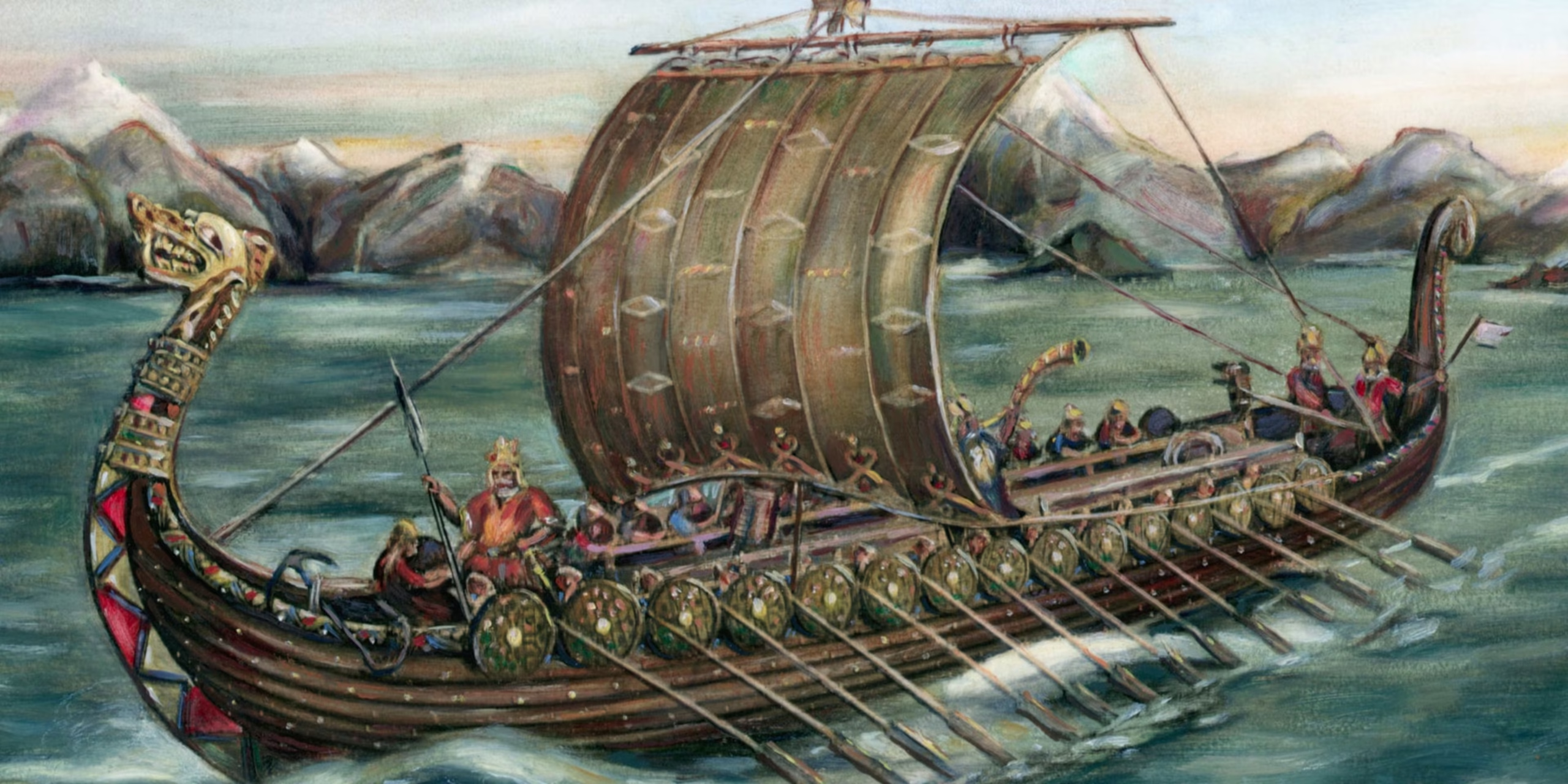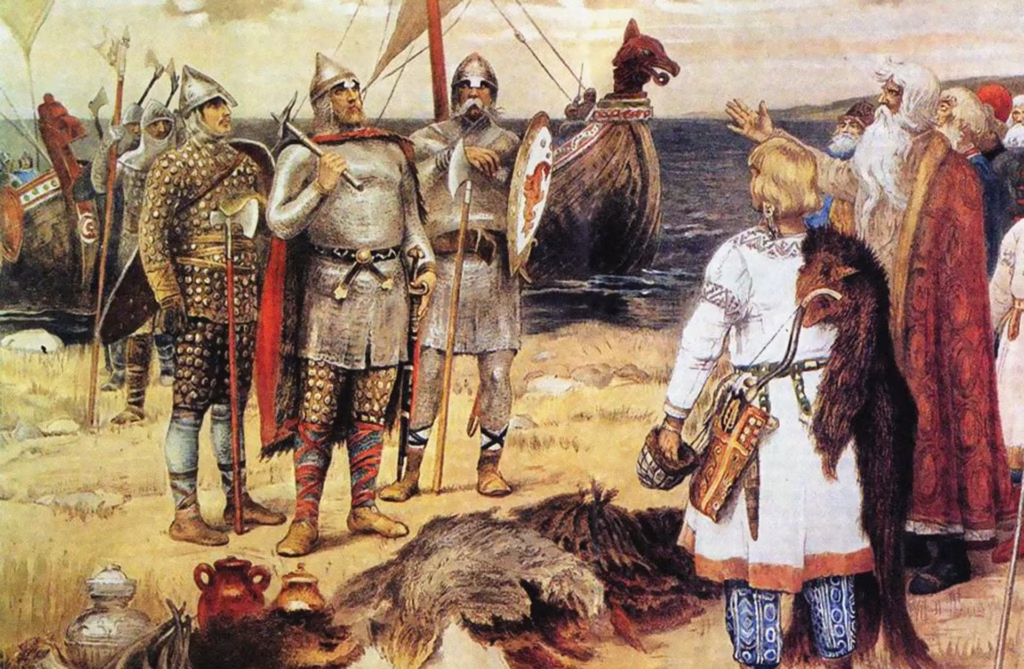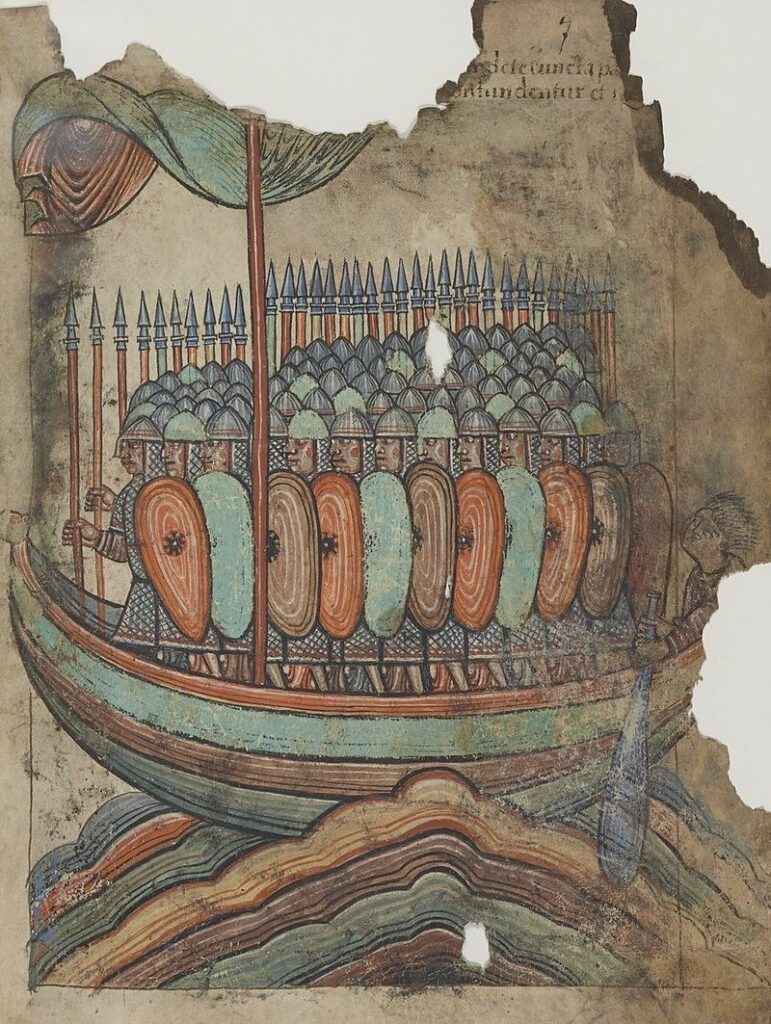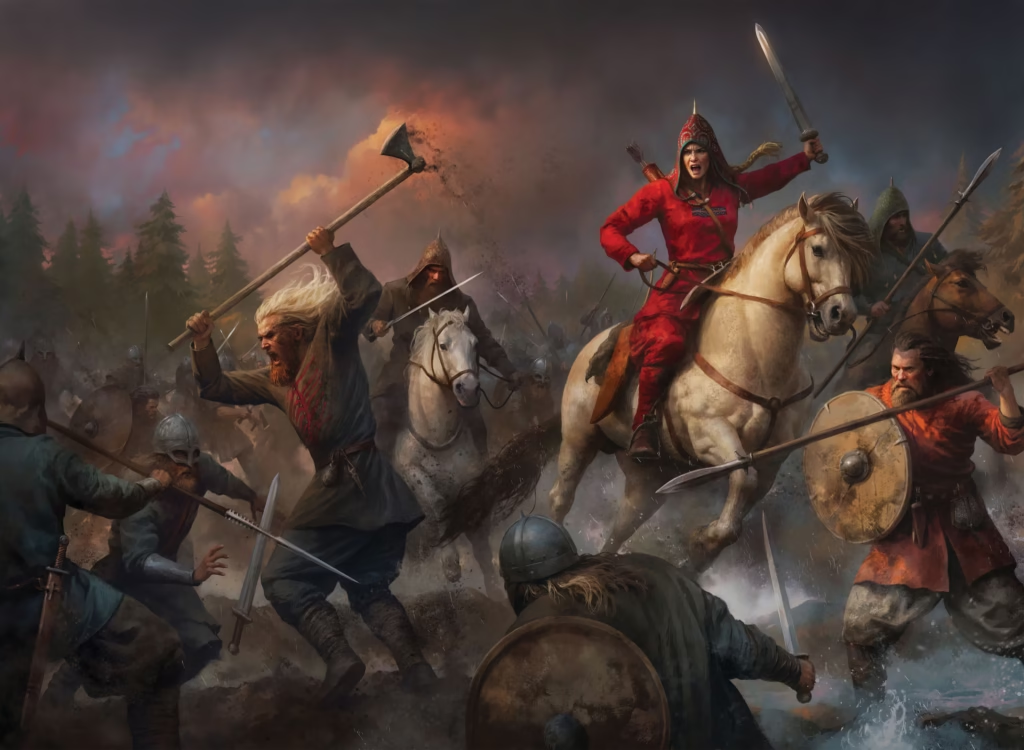“A Brief History of the Vikings: From Raiders to Rulers”

The Vikings were seafaring Norse people from the Scandinavian regions of modern-day Norway, Sweden, and Denmark, who lived during the late 8th to early 11th centuries (roughly 793–1066 AD). Though often portrayed as brutal raiders, the Vikings were also explorers, traders, settlers, craftsmen, and farmers. Their name derives from the Old Norse word víkingr, meaning “pirate” or “raider.”
They left an indelible mark on the world through their far-reaching voyages, complex mythology, fierce warrior culture, and lasting influence on European history.
When Did the Viking Age Begin and End?
- Start: Traditionally, the Viking Age begins in 793 AD, with the raid on the Lindisfarne Monastery in northeast England.
- End: It concluded in 1066 AD, following the death of King Harald Hardrada at the Battle of Stamford Bridge, when he attempted to claim the English throne.
These centuries witnessed the expansion, integration, and transformation of Viking culture.
Where Did the Vikings Go?
The Vikings journeyed far beyond Scandinavia, covering a vast range:
- West: Raiding and settling in England, Ireland, Scotland, Wales, and even parts of France.
- East: Exploring and trading through the Baltic and Russia, down to Constantinople (modern-day Istanbul).
- North Atlantic: Settling the Faroe Islands, Iceland, Greenland, and even reaching Vinland (believed to be in modern-day Newfoundland, Canada).
- South: Serving as mercenaries, notably the Varangian Guard for the Byzantine emperors.

Why Did the Vikings Expand?
Several factors fueled their expansion:
- Overpopulation and Limited Farmland: Scandinavian terrain offered little arable land.
- Political Fragmentation: Internal power struggles led ambitious warriors to seek fortune elsewhere.
- Maritime Innovation: Their legendary longships allowed rapid, flexible travel.
- Trade and Wealth: Many Vikings were driven by the lure of silver, goods, and riches.
- Climate Change: A warming climate in the early medieval period (the Medieval Warm Period) may have facilitated exploration.
How Did the Vikings Live?
Despite their fearsome reputation, daily Viking life was rooted in agriculture and family.
- Farming: Most Vikings were farmers growing barley, rye, and raising livestock.
- Homes: They lived in longhouses, shared by families and sometimes livestock.
- Society: Organized into a hierarchical structure:
- Jarls (nobles)
- Karls (freemen)
- Thralls (slaves)
Women had more rights than in many contemporary cultures, with rights to own property, initiate divorce, and sometimes wield influence in society.
Viking Religion and Mythology
Before converting to Christianity, the Vikings practiced Norse paganism.
- Gods included:
- Odin (wisdom and war),
- Thor (thunder and protection),
- Freyja (love and fertility),
- Loki (trickery and chaos).
- They believed in Valhalla, where warriors slain in battle would feast eternally.
- The universe was imagined as the Yggdrasil, the World Tree, connecting the Nine Realms.
Rituals included sacrifices, feasting, and burial customs like ship burials for the elite.
Viking Raids and Warfare
Vikings were formidable warriors, skilled in guerrilla-style attacks and naval warfare. Their weaponry included:
- Axes, swords, spears, and shields
- Chainmail armor and helmets (though the stereotypical horned helmet is a myth)
Famous raids include:
- Lindisfarne (793): First major attack on Christian England.
- Paris (845): Led by Ragnar Lodbrok, besieging and ransoming the city.
- Constantinople: Attacked several times, but also served there as elite guards.
They established settlements, not just outposts—most notably the Danelaw in England and Normandy in France.

Trade and Cultural Exchange
The Vikings were as much traders as they were raiders. They facilitated trade across Europe, Russia, and the Islamic world.
- Exported: Furs, amber, iron, wool, slaves
- Imported: Silver, silk, spices, glass, and wine
- Runestones and artifacts discovered show a rich material culture with global connections.
Christianization of the Vikings
By the 10th and 11th centuries, Christianity spread through Viking lands, aided by:
- Missionaries (like Ansgar in Sweden)
- Royal conversions (e.g., King Harald Bluetooth of Denmark)
- Political pressure from Christian neighbors
Churches, crosses, and religious texts began to replace pagan symbols, although elements of Norse mythology survived in folklore and literature.
Famous Vikings
- Ragnar Lodbrok – Legendary warrior-king, possibly mythologized.
- Leif Erikson – Son of Erik the Red, discovered Vinland around 1000 AD.
- Erik the Red – Founded the Norse settlement in Greenland.
- Harald Hardrada – King of Norway and famous warrior, whose death marks the end of the Viking Age.
- Ivar the Boneless – Noted leader in the Great Heathen Army in England.
Viking Legacy
The impact of the Vikings continues today:
- Language: Norse words influence English (e.g., sky, knife, egg, window).
- Place Names: Many regions in the UK bear Norse names (e.g., York, Grimsby).
- Genetics: Modern DNA studies show Viking ancestry across Europe.
- Law and Governance: Viking things (assemblies) influenced modern parliaments, like Iceland’s Althing.
- Exploration: Their voyages were the first known European contact with North America.
They have also been romanticized and mythologized in literature, films, and popular culture, from the sagas to modern series like Vikings or The Last Kingdom.

Conclusion
The Vikings were more than just bloodthirsty raiders. They were farmers, traders, poets, sailors, and empire-builders who connected distant worlds. From Scandinavia to Byzantium, from Greenland to North America, their legacy stretches across continents and centuries.
Their history is not just one of conquest, but of connection—a powerful reminder of how even the fiercest cultures can shape, and be shaped by, the world around them.




